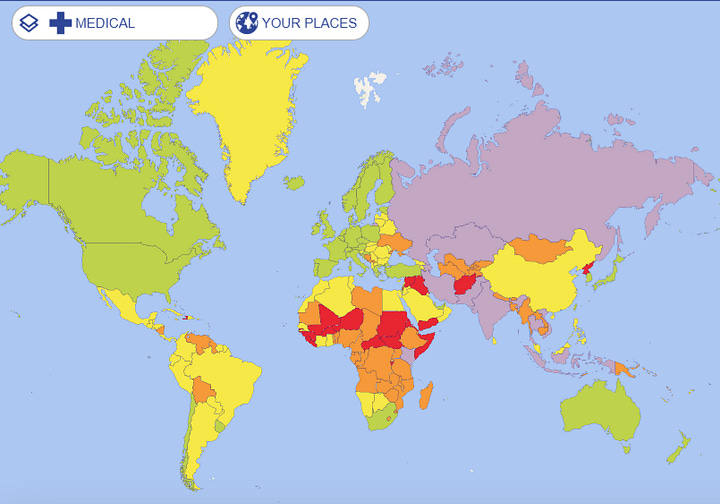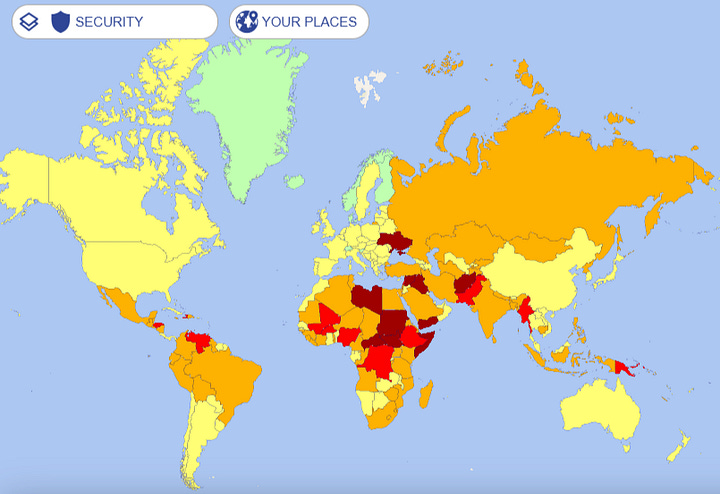Danger-proofing Your Itinerary-in-progress
To date, we’ve discussed four steps to create a long-term travel plan that ignites your sense of adventure and awe.
Step One is building a World Portfolio
Step Two is getting real about what kind of travel you want to do
Step Three is wrangling your portfolio into a working itinerary
Step Four is using a special Google Flights feature to start exploring how to best fit potential destinations together
Danger-Proof Your Potential Itinerary
Today, we’re diving into Step Five: Testing the safety of your desired destinations
A few months ago, I had a stark reminder of just how important this step is when the family visited Bariloche, Argentina. In my initial research, I was lulled into a sense of safety by all the comparisons to a Swiss Alpine village, so skipped the safety check. Switzerland is safe, so Bariloche must be, too. Right?
Wrong.
In broad daylight, a local man crossed the street to sucker punch my eighteen-year-old son while we were on a tour with twenty other people.
That night, we did our research. Bariloche was a lot more dangerous than we guessed.
Let’s take a closer look at the countries or cities in your potential itinerary so you can feel confident that you and your loved ones will be safe there.
For an initial look at the circumstances of a country, consult Travel Risk Map. It gives a general overview of the world in multiple categories, including Medical, Security, Weather, and Mental Health. Below are the overviews for Medical and Security, respectively.


The index is color based on a spectrum from green (safe) to yellow and orange (light to medium safety considerations) to deepening shades of red to indicate danger. Purple indicates significant variation across the country.
South Africa, for example, is green on the medical map. For medical considerations, it has high quality, reliably and widely available health services. On the security map, which accounts for petty and violent crimes, South Africa is orange. You can click into the country to see what qualifies it for its assigned color.
Follow up with state department websites. My go-to sites are the United States, UK, and Australia for different opinions about a location. They provide up-to-date information about potential terror attack locations, protests, and demonstrations worldwide.
They also allow citizens to register an itinerary and an emergency contact so the government will be aware of their location in case of an emergency in any given country. Look for the Smart Traveller Enrollment Program, or STEP, on your government’s website.
My favorite, free website to drill down on the dangers of specific cities is Numbeo. Had I bothered to check Bariloche, for example, I’d have discovered the index ratings below:
Keep reading with a 7-day free trial
Subscribe to Pole to Pole Travel with E.O. Connors to keep reading this post and get 7 days of free access to the full post archives.


